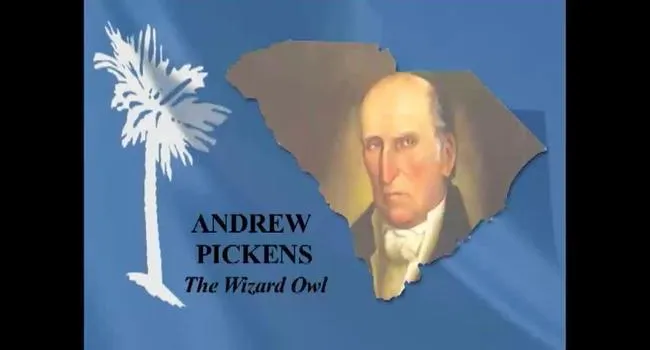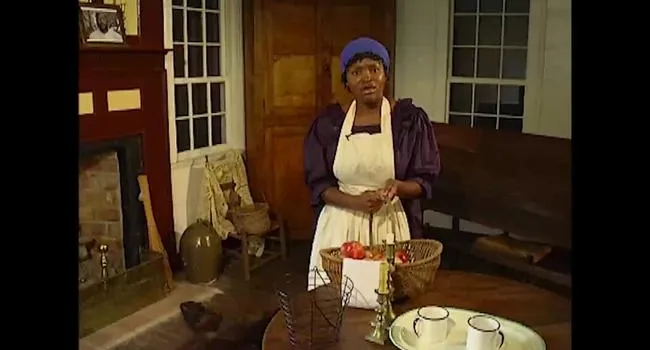Kaltura
Back in South Carolina in December 1860 for a short Christmas break, Allen finds the Secession convention in session at the First Baptist Church in Columbia. He then accompanies his father, who is a delegate, to the railroad station when the convention adjourns to Charleston. When the Ordinance of Secession is formally adopted in Charleston on December 20, 1860 Allen makes his decision.
Standards
- 4.3.CX Contextualize South Carolina’s role in the development of sectionalism during the antebellum period.
- 4.4.CO Compare the economic and political causes of the Civil War.
- 8.3.CO Compare the debates between South Carolina and the federal government regarding slavery, federalism, and the Constitution.
- This indicator was developed to encourage inquiry into the debates, heightened by Westward Expansion, over federal and state power concerning slavery, and the government's role in protecting and securing natural rights.
Resources
You need to be logged in to listen to view this content. Create an account now; it's quick, easy, and free!
Log In to View













